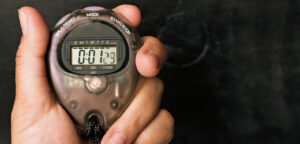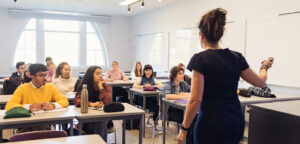
My Dream Gen Ed: Rainbows, Unicorns, and One Hell of a First-Year Experience
When I visit colleges to facilitate conversations on curricular reform, I always begin my presentations with a quotation from Jerry Gaff, the grandfather of contemporary thinking on general education:
A program for reforming general education should be designed around each institution’s character,











